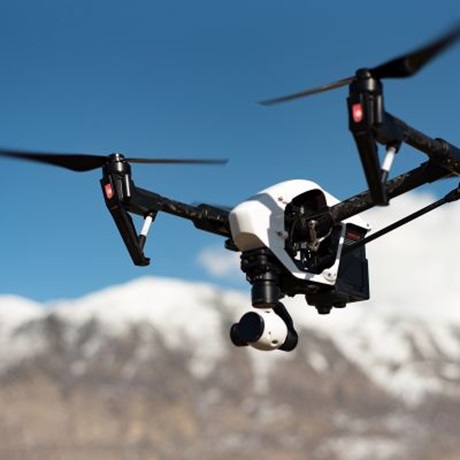- Dates01 Nov 2021 to 30 April 2023
- SponsorEPSRC: PETRAS Hub
- Funded£235,570
- PartnersBritish Water, Real Wireless
IoT devices are typically comprised of a physical sensor front-end that senses a key physical attribute (e.g., water contamination, gas pressure, power phase synchronization…etc.), with a wireless communication module of limited processing power. Many current IoT wireless transmissions (e.g., LoRaWAN, ZigBee) are vulnerable to eavesdropping. Authentication (e.g., over-the-air activation session keys in LoRaWAN, Elliptic Curve Diffie-Hellman in Bluetooth) verifies the user’s identity and prevents malicious users from accessing the network. Encrypted wireless transmission protects data integrity and confidentiality. Conventional encrypted communications employ symmetric encryption such as the advanced encryption standard (AES) - relies on a secret key shared between devices beforehand. Public key cryptography (PKC) is the de facto key distribution protocol for current IoT systems on market. Although efficient conventional PKC schemes can be computationally unsuitable for limited IoT devices – potentially disadvantage against eavesdroppers or attackers with significantly more computational power.



